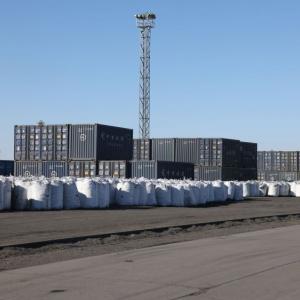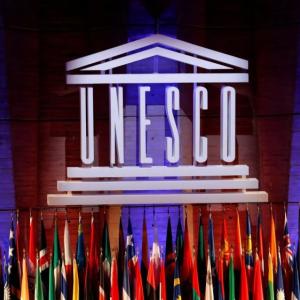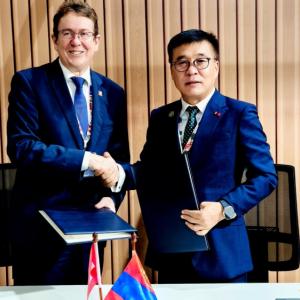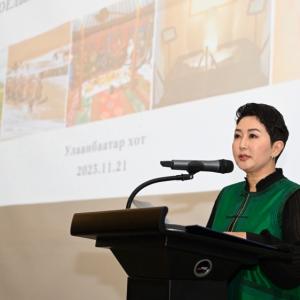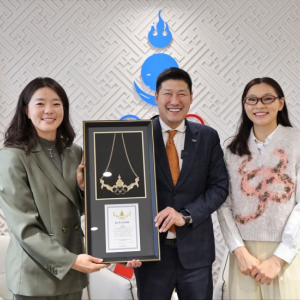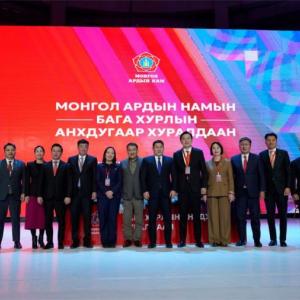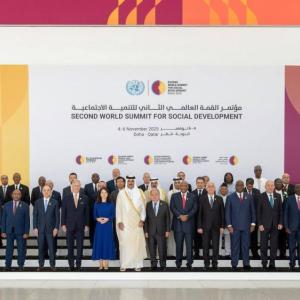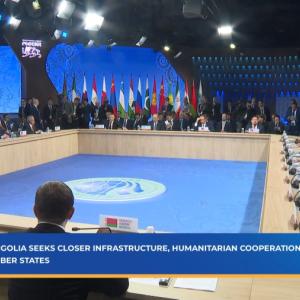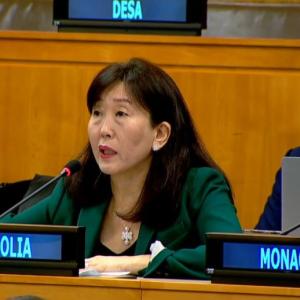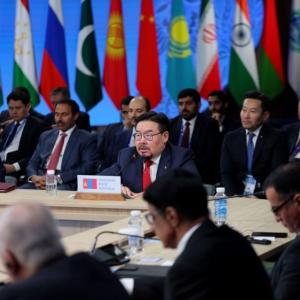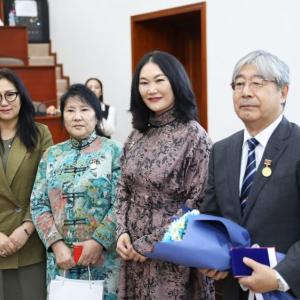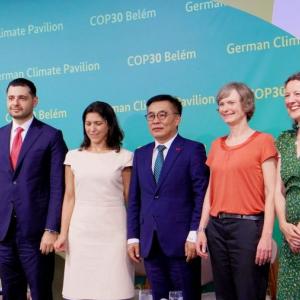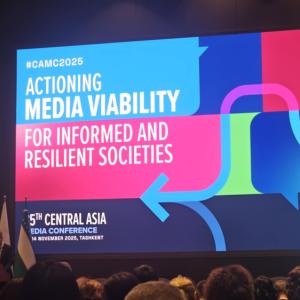Malnutrition- A crisis in the making?
Society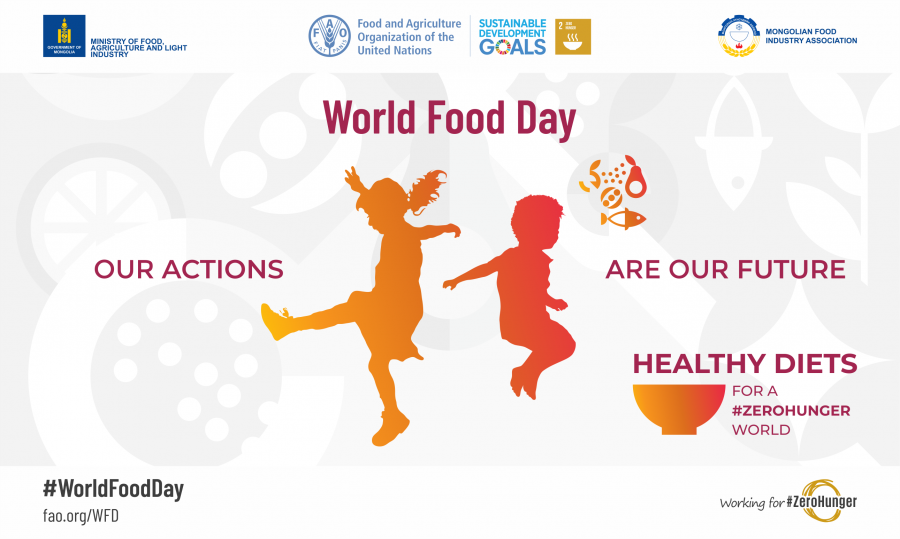
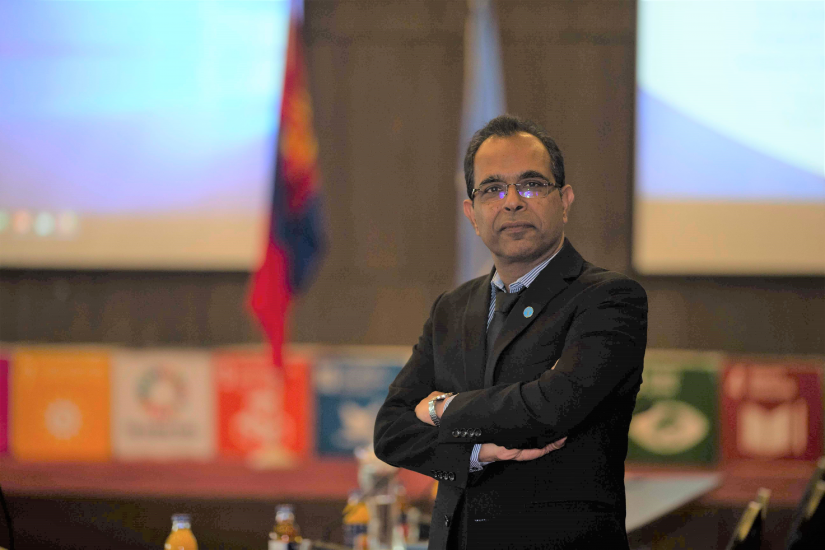
When
countries signed up to the Sustainable Development Goals in 2015, there was a
sense of hope and optimism. Among other things, the world leaders promised to
lead us to a world without hunger and poverty by the year 2030. Four years
later the world continues to be way off track meeting these targets but we
still believe that we can become the “zero hunger generation.” This will
however not happen unless we really redouble our efforts in pursuit of these
goals.
The
land of eternal blue sky—Mongolia—has some good news to offer when it comes to
child undernutrition. Child stunting and wasting rates have declined rapidly
over the last decade. Mongolia is one of the selected few countries in the
region on track to meeting the targets on child stunting and wasting. In terms
of annual average rate of reduction in stunting, Mongolia has the best record
among all its Asia Pacific peers, and the extent of severe Child wasting is
already below 0.5 percent—something to be proud of.
Unfortunately,
that is where the good news ends. On all other indicators under ‘SDG 2—Zero
Hunger’, Mongolia is also off track. According to latest estimates by UNFAO,
400,000 people (or 12 percent of total population) still do not have access to
sufficient dietary calories to lead a healthy and active life; and there has
been no progress on this count in the last 5 years. On the other hand, child
and adult overweight and obesity is on the rise. Child overweight levels have
risen from less than seven percent in 2006 to nearly 12 percent in 2016; adult
obesity has risen from 16 percent in 2012 to almost 20 percent in 2016 and
prevalence of Anemia among women of reproductive age (15-49) has risen
approximately 16 percent in 2012 to almost 20 percent in 2016.
Food
insecurity in Mongolia is higher in the capital city compared to smaller towns
and rural areas. This indicates a changing face of hunger and malnutrition in
Mongolia as people migrate to capital city in search of productive employment
and better income opportunities but instead get caught into the web of seasonal
informal employment, higher reliance on markets for meeting food needs and
vulnerability to market shocks.
The
health sector literature points to growing threats to public health,
particularly in the area of nutrition. In 2016, it was estimated that globally
Mongolia incurred the second highest national fraction of age-standardized
cardiovascular mortality attributable to dietary risk factors—a situation
stemming from the country’s historic dependence on animal-source foods and an
underdeveloped agriculture sector. These imbalances are compounded by threats
posed by rapidly globalizing food market and increasing rates of urban
sedentary life.
Mongolia
is already 70 percent urban and estimates are that by 2050, 85 percent of
Mongolians will live in urban areas. Historically, urbanization has been seen
as a sign of social and economic transformation. Cities have been recognized as
important drivers of development and urban living has often been associated
with better health and nutrition. Unfortunately the dietary transition that is
unfolding in the present times is leading to consumption of foods which are
high in refined starches, sugar, fats, salt, and processed foods. Consumption
of food away from home (restaurants, fast food outlets, street food etc.) is on
the rise resulting in higher access to junk foods on the cost of access to
fruits, vegetables and other foods high in fiber.
Can
we keep going like this? The simple and obvious answer is no. So what needs to
change? Well, our way of producing, supplying and consuming food has to change.
We need to produce food that delivers sustainable nutrition. That means we need
to invest in a food system that delivers safe, nutritious and affordable food
to all the people, preserves or enhances the quality of our land, water and
pastures, reduces the impact of climate change and stops rapid loss of
biodiversity. Producing a diverse variety of foods is crucial for providing
healthy diets and safeguarding the environment.
Where
to start and who leads? We all need to act. As said by Mahatma Gandhi, we all
need to be the change we want to see. This means, starting at individual level,
making healthier choices—increasing our intake of fruits, vegetables, legumes,
nuts and whole grains, consuming fewer foods and drinks with high content of
refined sugars, saturated fats and/or salt, reducing consumption of
industrialized foods in favor of more diverse and traditional foods, and
educating ourselves about the environmental impact of the foods we eat. At the
same time, governments, farmers, herders, private sector, development partners
and the civil society must also all play their roles. Governments need to
invest in sustainable food systems by implementing policies and programs that
place higher priority on nutritious foods. The private sector needs to innovate
to improve the nutritional quality of their products. And farmers and herders
need to be incentivized to produce a wider variety of more nutritious foods. So
every one of us has a role to play if we wish to see the pledge to end
malnutrition in all forms by 2030 become a reality.
Like every year, this year as well
all countries, including Mongolia, is celebrating World Food Day on October 16.
This year’s theme is “our actions are our future”. We must act. And we must act
now. Addressing hunger and malnutrition requires inclusive transformation of
food systems. The good news is that solutions already exist to change
unsustainable patterns in a way that enhances opportunities for all while also
safeguarding our ecosystems. These solutions need to be adapted and
adopted—urgently, and at scale.
 Ulaanbaatar
Ulaanbaatar











